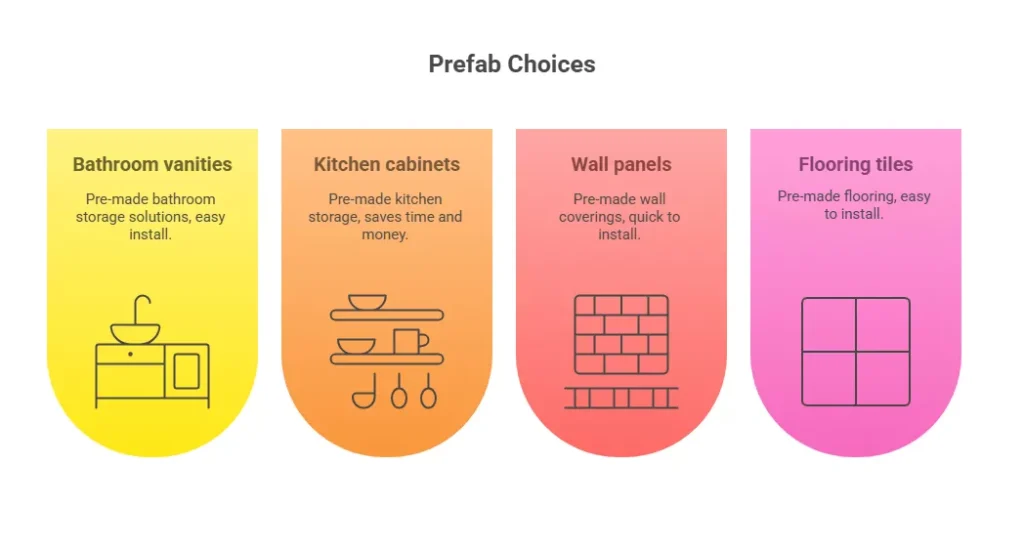Ranked #1 in Accurate and Reliable Estimation Services
A Fastest Turnaround 24 Hours!
Ranked #1 in Accurate and Reliable Estimation Services
A Fastest Turnaround 24 Hours!
Ranked #1 in Accurate and Reliable Estimation Services
A Fastest Turnaround 24 Hours!
Ranked #1 in Accurate and Reliable Estimation Services
A Fastest Turnaround 24 Hours!

When you’re working on a construction project, it’s easy to get caught up in new trends. Everyone wants their space to look modern, stylish, and functional. But what if your budget is tight? Don’t worry — I’ve been there, and with the right planning, you can create a great space that blends both style and smart spending.
In this article, I’ll share 6 easy and practical tips to help you balance popular construction trends with your limited budget. These tips come from personal experience and working with clients who wanted great results without spending too much.
Before diving into design trends, ask yourself: What are the must-haves for my project? Is it strong insulation? More storage? Open space? Great lighting?
From experience, I can say that identifying your top priorities makes all the difference. One homeowner I worked with wanted fancy floors but had an old, leaky roof. We redirected funds to fix the roof first — because durability always wins over looks.
Tip: Make a list of essential features first. Then list the “nice-to-have” trends you admire. Budget for the essentials first.
Budgeting can get confusing fast. That’s where a construction estimation service helps. These services help you calculate accurate costs for materials, labor, permits, and other items. I’ve used these tools to avoid overpaying for supplies and to plan smarter.
You’ll be surprised how much a good estimate helps avoid unexpected costs and overspending. Even on small home builds, it helped one of my clients stay within 5% of their original budget.
Tip: Look for an online estimation service or consult with a local professional to prepare a detailed budget before buying anything.
Modern designs look great, but don’t follow a trend just because it’s popular. Ask yourself if it also adds function. For example:
One of my favorite trends is using smart thermostats and LED lighting — they’re stylish, affordable, and save money long-term.
Tip: Choose trends that offer value. Form should follow function, especially when money is tight.

Prefab (prefabricated) and modular materials are a game changer. I once used a prefab kitchen setup for a client, and it saved both time and thousands of dollars.
These ready-made parts are created off-site and installed quickly. They’re usually more affordable than custom-built pieces, and quality has improved a lot in recent years.
Examples of good prefab choices:
Tip: Ask your contractor or supplier if there are prefab options that match your design and space needs.
Don’t underestimate the value of reused materials. I’ve worked with clients who used reclaimed wood for shelves, old bricks for garden borders, and leftover paint for accent walls. It added character and saved money.
Many salvage stores and online marketplaces offer secondhand building materials in great condition.
Tip: Check out:
These options are great for both your budget and the environment.
If your budget is small but your dream is big, don’t try to do everything at once. Break your project into phases. I once helped a friend finish their ground floor first, then build the second floor after 8 months when they had more savings.
This approach reduces stress, spreads out costs, and allows you to adjust your plan as you go.
Tip: Work with your builder to create a realistic timeline that matches your budget. Focus on structural work first — interiors and decor can come later.
Balancing modern construction trends with a limited budget might feel hard, but it’s completely doable. I’ve learned that the smartest projects aren’t always the flashiest — they’re the ones that last, serve your needs, and reflect thoughtful planning.
0 Comments